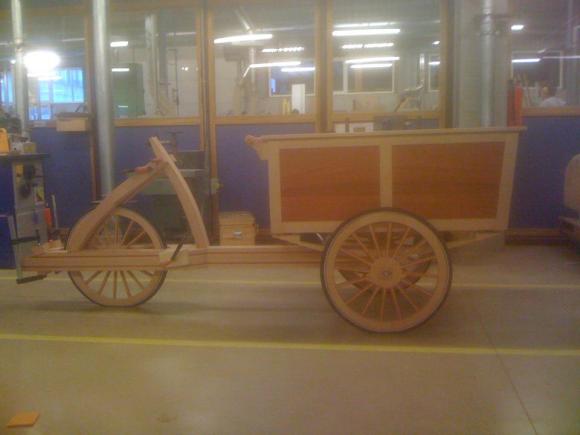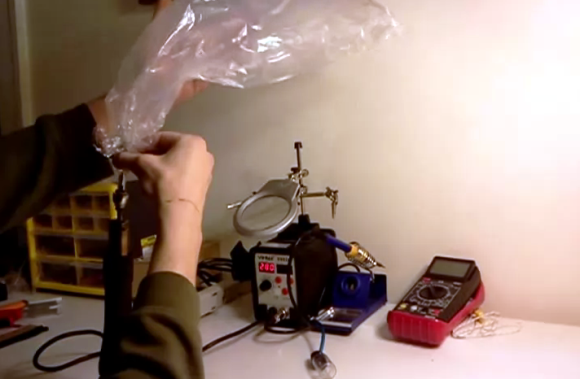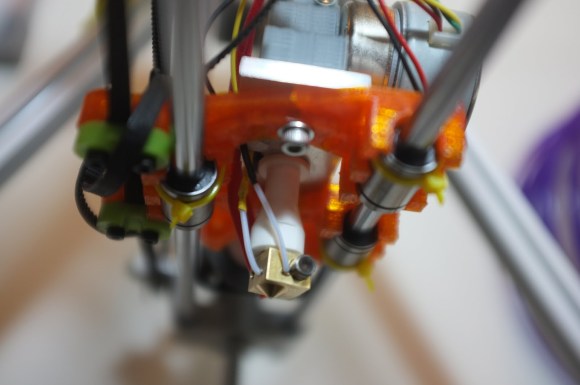
This is a cargo bicycle made almost completely out of wood. [Niels] and three of his classmates built it at Wico Campus Tio, a science and technology school in Dorpsstraat, Belgium. There’s a lot to be impressed by in this build. Sure, the guys concede that not everything is wood. They used metal screws as well as hubs, a crank shaft, and gears from a bicycle (not seen in this image). But everything else was made from Beech or Padouk wood. This includes the leaf springs that help cushion the cargo box from the bumps in the road.
The box itself acts as the handlebars. You can see the bracket which holds one end of a dowel spanning the left side of the box. This image was taken before the seat and cranks were added, but once they’re in place the front axle will turn along with the box for steering.
You can get a good look at the finished bike in the video after the break. You’ll also find a link to the Power Point slides there. Since that presentation is in Dutch we translated the text and pasted it below.
















